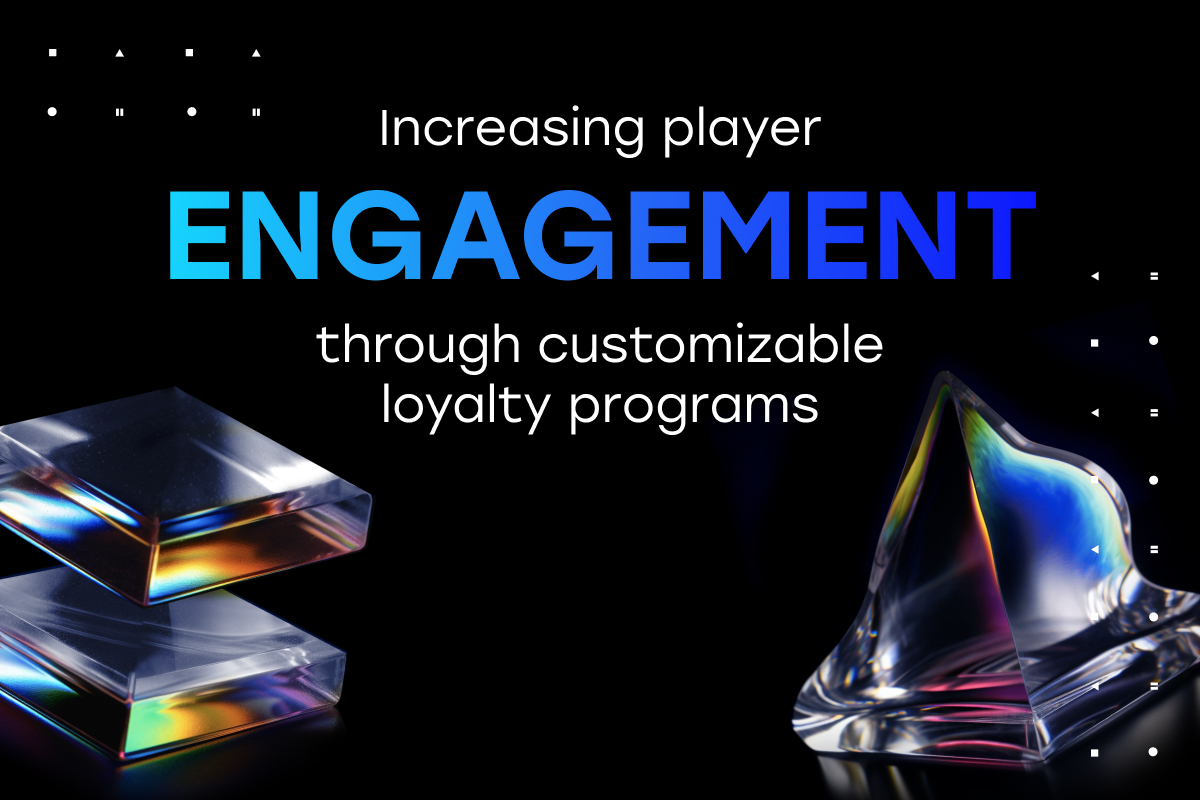Measuring Success: Key Metrics in iGaming Industry

In recent years, the iGaming sector has experienced remarkable growth, establishing itself firmly within the realm of entertainment and online gaming. With this popularity also came strong competition from operators both new and old in the industry. To succeed, operators and stakeholders must meticulously track their performance using diverse metrics in iGaming.
In this article, we explore the key performance indicators that define casino success, shedding light on important metrics in iGaming that drive growth, customer engagement, and overall profitability.
Average Revenue per User (ARPU)
The Average Revenue per User (ARPU) metric provides insight into the amount of money an average player on your platform generates. This is influenced by multiple factors like player spending, bets, deposits, and other revenue-generating activities. Focusing on increasing ARPU should enhance your monetization strategies and drive higher revenues.
Churn Rate
Churn rate is the pace at which players leave your platform over a specific period of time. A high churn rate is bad for business and could signify a lack of player satisfaction or engagement with your platform. Actively taking measures to reduce your churn rate will help maximize player retention, foster brand loyalty, and enhance overall revenue streams.
Conversion Rate
Your conversion rate is the percentage of website visitors who take a desired action, such as signing up, placing a bet, or making a deposit. A high conversion rate indicates a well-designed user experience, which is characterized by compelling offers and successful marketing strategies. Regular optimization of your conversion rate can lead to increased player acquisition and thus revenue growth.

Player Acquisition Cost
One fundamental metric is the Player Acquisition Cost or Cost per Acquisition (CPA), which gauges the efficiency of your marketing efforts. The cost incurred to acquire a new player on your iGaming platform is measured to see the effectiveness of your marketing campaigns and the potential return on investment. It allows you to make informed decisions about where to allocate your marketing budget.
Customer Lifetime Value (CLV)
Determining the long-term profit-bringing capacity of your players is what Customer Lifetime Value (CLV) can help with. By quantifying the revenue generated by a player over the course of their engagement with your platform, you will be able to identify retention. The higher your CLV, the higher the probability of your iGaming platform. It also means that it successfully retains and engages players, which leads to increased revenue over time.
Player Engagement Metrics in iGaming
A lot of data can be inferred from the actions of your customers, which is where player engagement metrics in iGaming come into play. Things like a player’s average session duration, number of bets placed, and login frequency all provide insight into how actively they are interacting with your platform. Hitting high engagement levels suggests that your iGaming offerings are captivating enough to maintain players’ interest, leading to high retention and increased revenue opportunities.
Retention Rate
Retention rate is one metric that iGaming platforms pay very close attention to. It calculates the percentage of players that continue to use your platform over a specific time frame and is considered just as important as acquisition. A boost to retention rate is a boost to profitability and this can be achieved by creating incentives, promotions, and personalized experiences.

Return on Investment (ROI)
Every business in every industry puts a focus on Return on Investment (ROI). This key metric evaluates the profitability of your marketing campaigns and other investments by comparing the revenue generated from these activities to the costs incurred. It goes without saying that a positive ROI shows your efforts are yielding results, while a negative ROI should prompt you to reevaluate your strategies and reallocate resources.
Hit those KPIs
Success in the highly competitive industry is defined by a combination of metrics in iGaming that reflect player acquisition, engagement, retention, and ultimately profitability. Through vigilant monitoring and strategic optimization of these key performance indicators, iGaming operators can gain valuable insights, customize their approaches to player preferences, and establish a solid foundation for sustained success in this dynamic industry.



